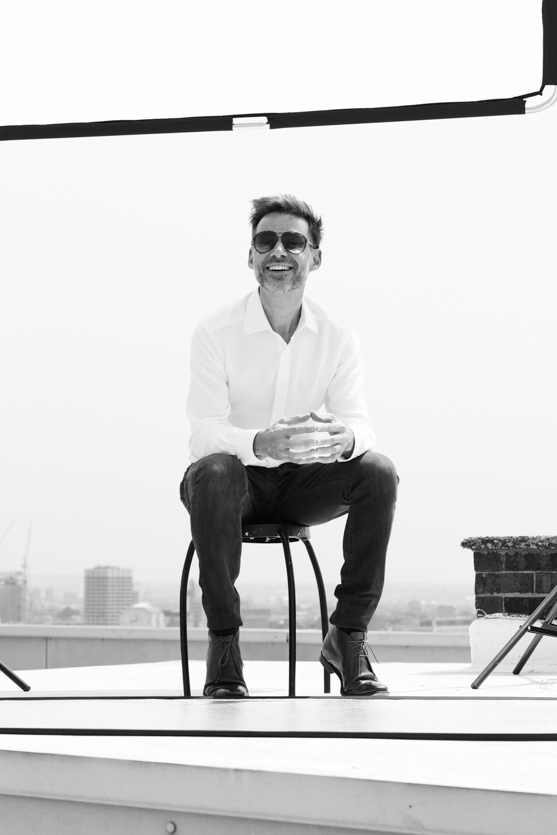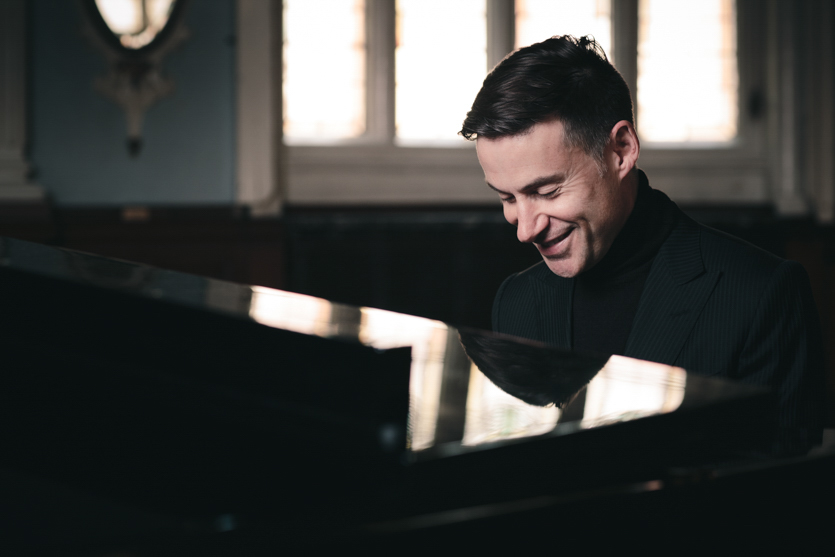So this was a fun shoot.
Publicity and poster shots of Julian Clary and James Nelson-Joyce for the thriller, Le Grand Mort, which starts previews at Trafalgar Studios next week.




So this was a fun shoot.
Publicity and poster shots of Julian Clary and James Nelson-Joyce for the thriller, Le Grand Mort, which starts previews at Trafalgar Studios next week.




Something a little different from my usual theatre fare.
A shoot for cycling equipment makers, Respro, to showcase some of their different cycling masks. Shot in the extraordinary town of Thamesmead in southeast London.
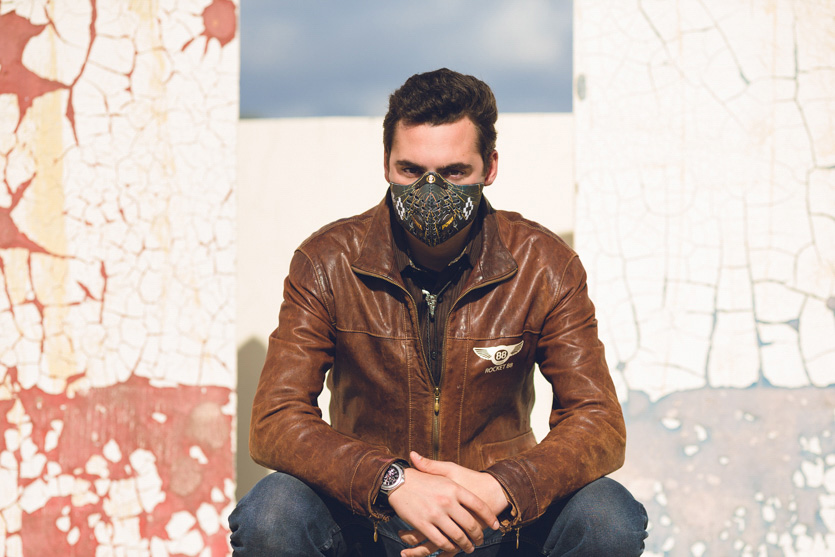





These were fun to shoot.
Forthcoming new play It Is Easy To Be Dead at the Finborough looks at the life of poet Charles Sorley, who was among the first to sign up to fight in World War I and died a year later.
For the advertising shots of star Alexander Knox, I wanted to focus more on the poet than the soldier so that we could avoid shooting a straight portrait of a man in uniform. But the images still needed to say enough about the war theme for people to understand what the show is. And so came the shadows…
A big thank you to Antic Disposition for kindly lending us the war props that make the shots work.


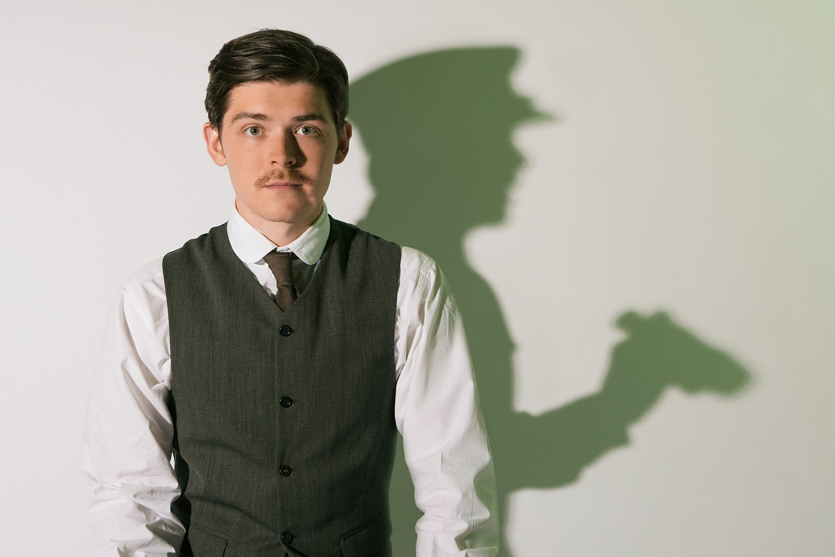


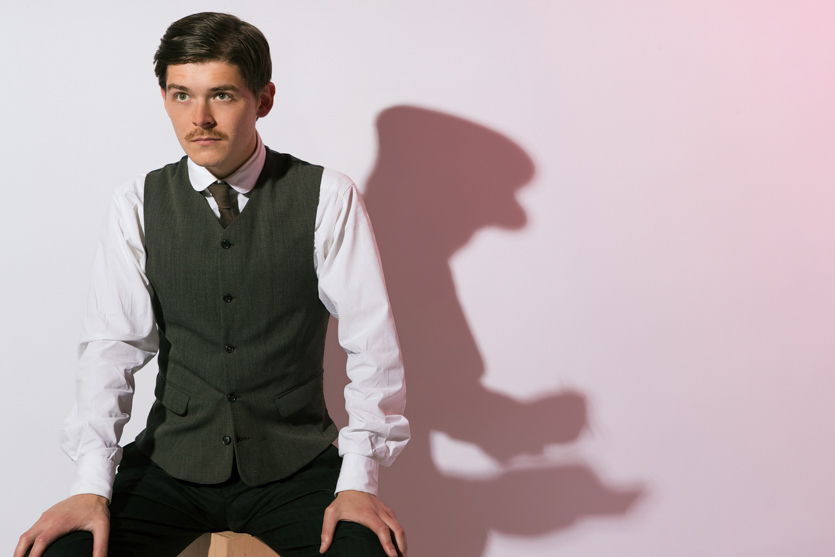

Advertising, poster and production photos from Tennessee Williams’ rarely performed In The Bar of a Tokyo Hotel at the Charing Cross Theatre, starring the legendary Linda Marlowe.
If you want to see the show, you have just over a week left. The final performance is on 14 May.





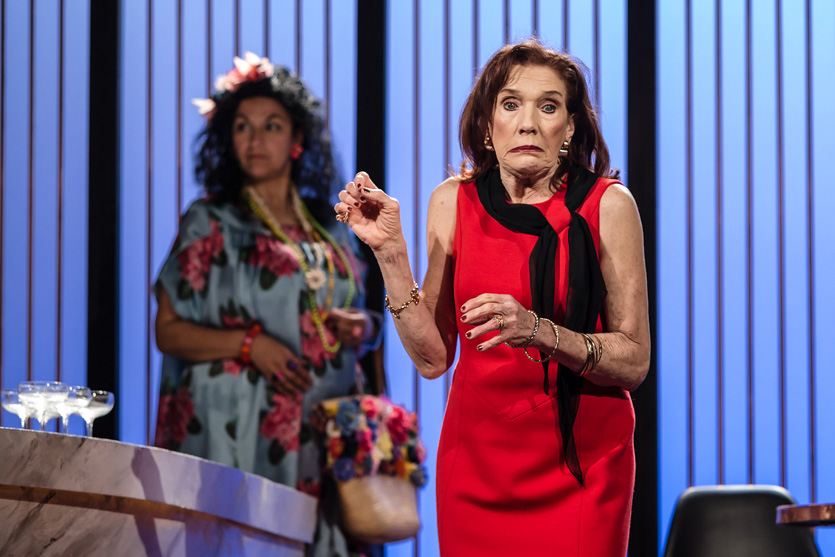
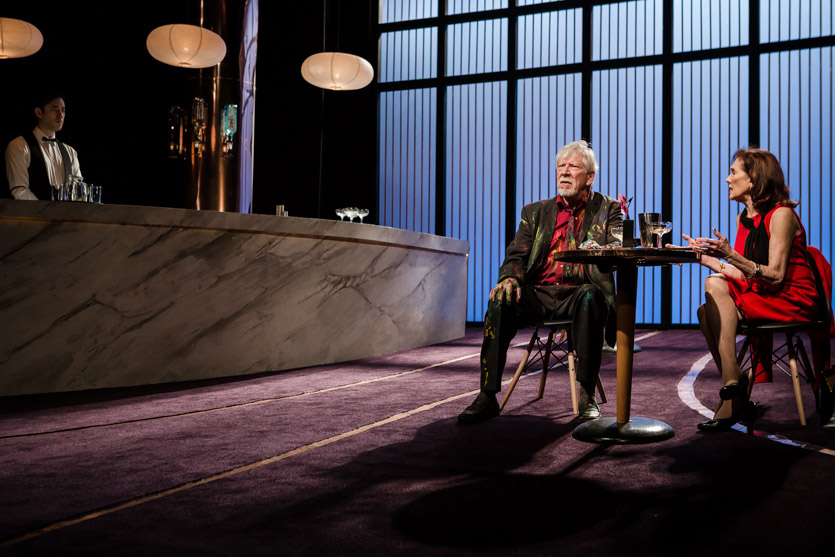









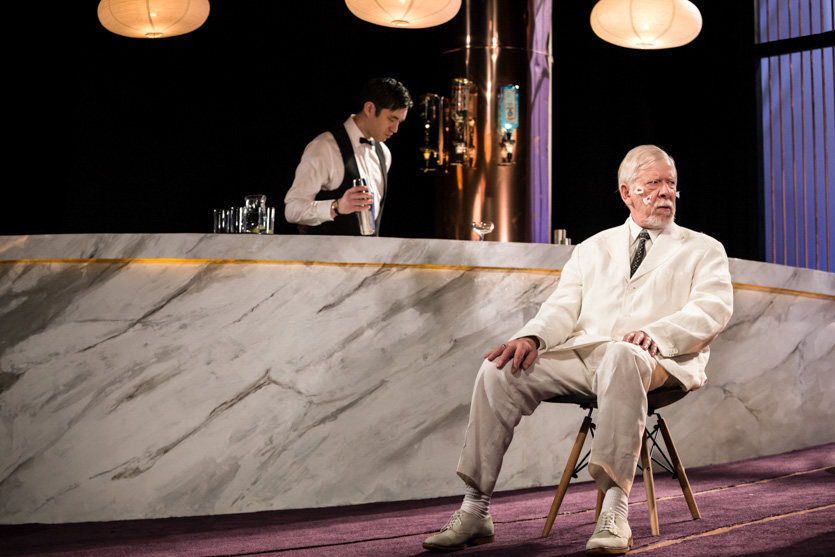

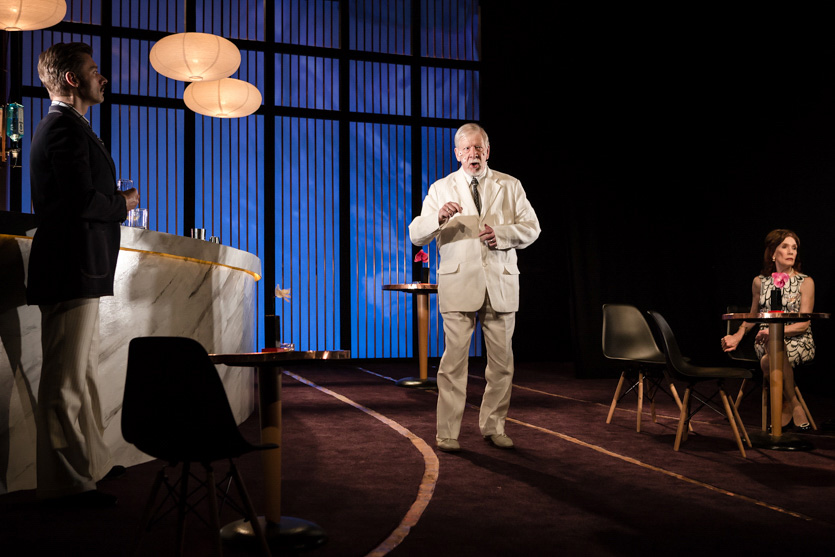






When we sat down to talk about the poster for World War I musical The White Feather (coming to the Union in September), we knew three things.
It was going to have a feather in it. It was going to be shot in studio. And we were going to shoot it for real.
Well, sometimes photoshoots evolve as they go on.
As star Abigail Matthews looked gamefully morose-but-content-but-triumphant — which, in case it’s not obvious, isn’t the easiest look to pull off — we tried holding a feather in front of her on a wire, having her throw feathers at herself and flinging feathers at her via a wind machine. But the feathers just wouldn’t go where we needed them and it all risked looking like a comedic farce or — the horror — a little bit arty.
I’m a great believer in doing things practically when you can. But, when you can’t, there’s always computer magic.
So what we ended up doing was showering feathers from the ceiling and taking what we’d intended — Abigail staring at a single feather — and turning it into a feather flock.
All against the backdrop of two skies from opposite sides of the world: Te Anau in New Zealand and the Pointe du Grouin in Brittany.





One from a while back.
We had an extraordinary vintage dress, a madly beautiful and moderately frightening Philip Treacy mask, a wonderful model and some stuffed birds. And we needed to tie them all together.
And the solution my favourite occasional collaborator for this kind of thing — Siwan Hill — came up with to achieve this was pomegranates.
The Greek myth of Persephone centres on a girl stolen from her mum and swept down to the underworld by Hades (it varies with every telling). There, she lived in darkness until her mum found her and tried to get her out.
Hades agreed to give her back, what with her being a minor and that being a bit icky and all.
But Hades, ever the trickster, also gave the poor girl the mythological equivalent of a trail mix bar for the journey home, whereupon Persephone, never having been the sharpest knife in the drawer, wolfed down some pomegranate seeds. And thus became doomed for ever to commute between the basement and the penthouse or, if you prefer, between summer and winter.
We’ll give the Greeks a C for plot, but anyway.
Creative direction, hair and makeup: Siwan Hill
Photography: Scott Rylander (obviously)
Model: Jenny Maxwell of band Strange Fruit
Dress and jacket designed by Joanne Fleming
Philip Treacy custom-made mask and props by kind courtesy of Amaury Blow
Additional art direction: Laura Oaten
Assistant: Bernard Coughlan



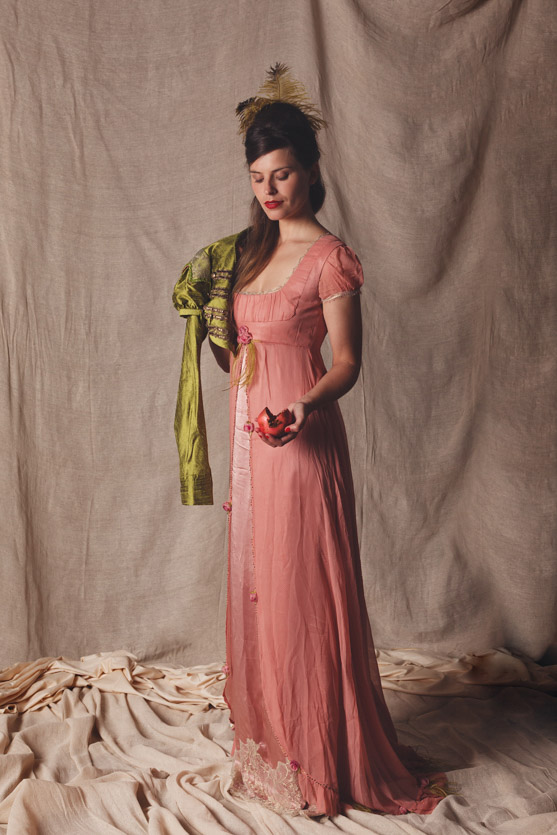


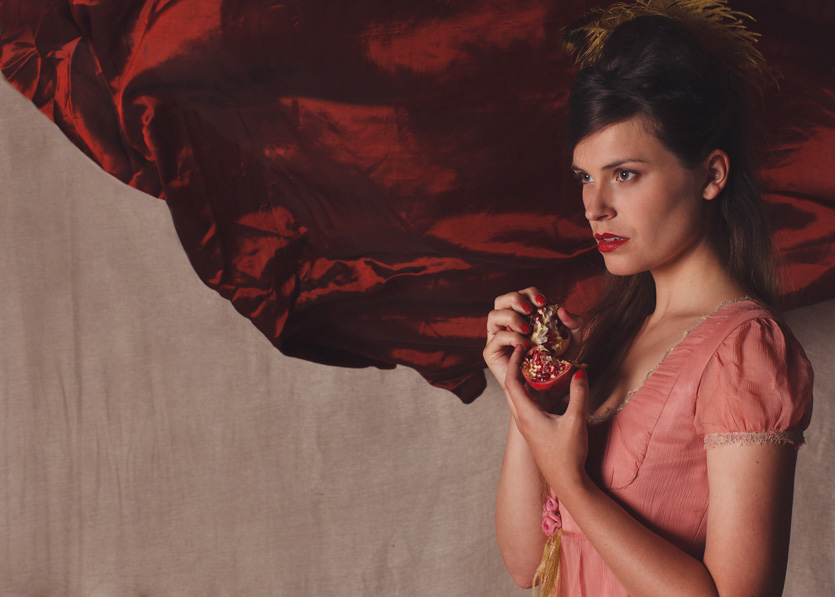
No sooner do I post about the original run of As Is at the Finborough Theatre than it resurrects for a rather special transfer to Trafalgar Studios.
Poster and rehearsal shots from the forthcoming production, plus a bonus shot of Mr Steven Webb departing just a fraction from the brief during the poster shoot…












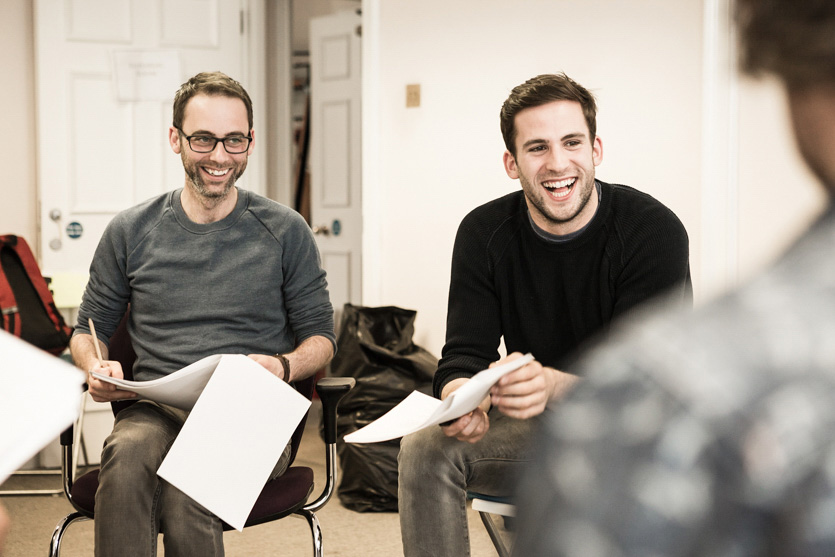
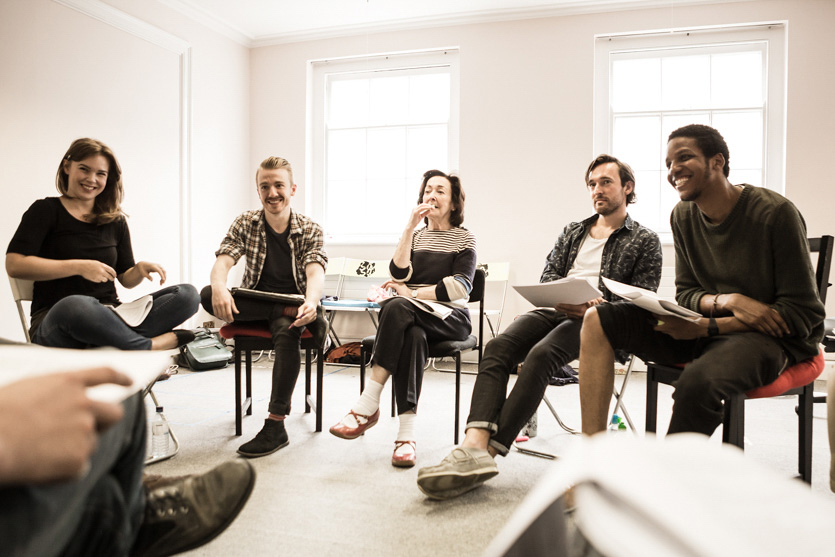
















Production and publicity shots for actress Kate Cook’s (super-intelligent, super-demented and super-amusing) one-woman show, The Invisible Woman, coming to the Edinburgh Fringe this year.





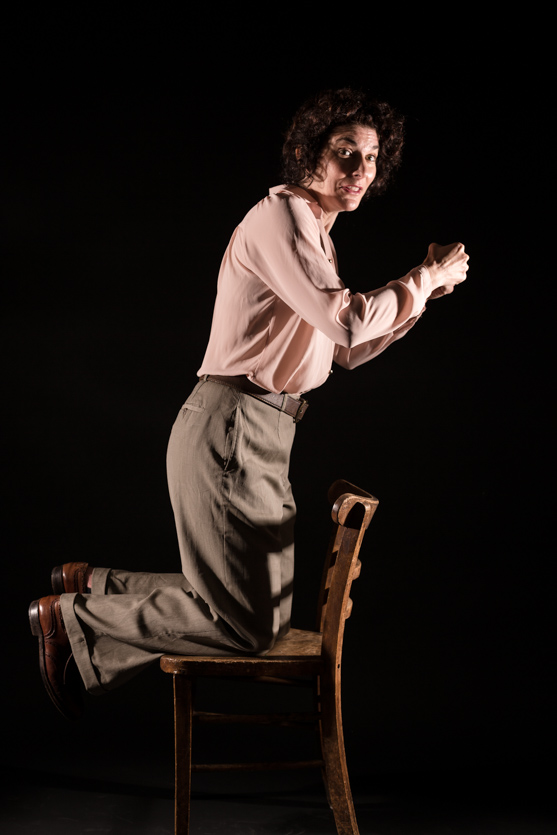




How do you market a play about a genocide?
It’s not a question that comes up every day but when the Finborough Theatre asked me to shoot the advertising images for I Wish To Die Singing — a highly unconventional play about the Armenian Genocide — I knew I’d have to do a bit of thinking.
As a photographer, your job in marketing work is to create images that make people want to go to see a play (and they need to be the right people — there’s as little point in showboating by producing smoke-filled horror imagery for a jolly-hockeysticks musical as there is in shooting massively stylised, massively toned chiaroscuro portraits for a play about a boy’s love for a hedgehog; you’ll just end up engaging with the wrong audience).
The shots need to capture the beating heart of the piece. While they do that, they need to make people look for more than the usual microsecond. So you need to let your imagination take flight. And, if you possibly can, you need not do the same thing — or the same thing as everyone else — over and over again.
Usually, there are a couple of things that get in the way.
The first is cast availability. Unless it’s a very big show, the publicity shoot may not be that far away from the start of the show itself, which means whatever you do is eating into rehearsal time and not everyone you might want in the shots may be available to sit for them.
The second is, as you might expect, resources. It’s all very well fantasising about shooting fashion magazine-style with ten assistants and Marrakech as your backdrop, but the chances are one-and-a-half costumes will be ready and your location is a broom cupboard.
So you work with what you’ve got.
But things get a bit more complicated when you’re dealing with a real, historical event that resulted in the deaths of well over a million people (by almost every estimate) and the creation of a diaspora of Armenian peoples around the world. There is a paramount (and obvious) need, while creating shots that engage people, to remain absolutely respectful.
So we were left with, broadly, three options:
With a brave client behind me and a brave and exceptionally patient cast, we went for option three, using long exposures and hand-held lights to try to illustrate with optics just how unsettling, chaotic and horrifying the period of world history with which I Wish To Die Singing deals was.
The show opens at the Finborough on 21 April.





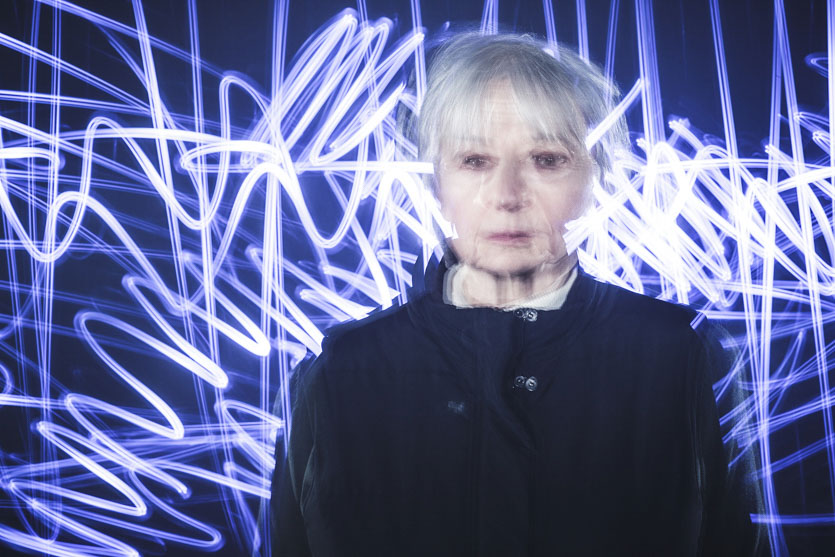
I’m lucky enough to have many lovely, lovely clients, but I count Philip Foster among my favourites for two reasons. First, I’ve worked with him since pretty much the first day I set out as a photographer. Second, because in a business full of inspiring personalities he stands out as a very inspiring man.
A large number of people who’ve worked in theatre or music for any length of time will have come across Philip because he wears about a thousand hats, among them producer, director, agent, vocal coach and manager.
Those many hats have led to a need for a variety of different portraits down the years, of which some of my favourites below.
Assistant for rooftop shoot: Jiann Chyuan Ho.

